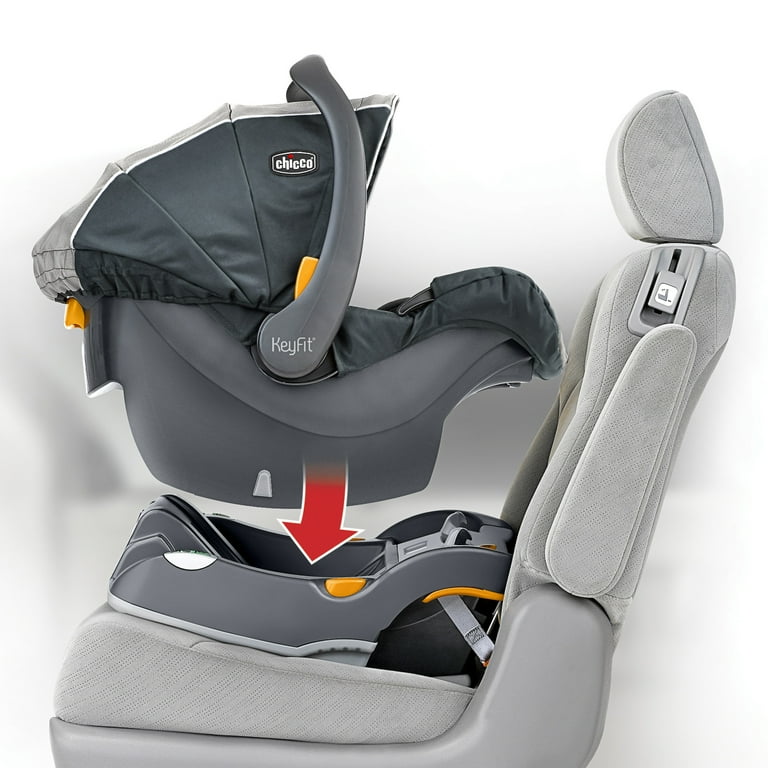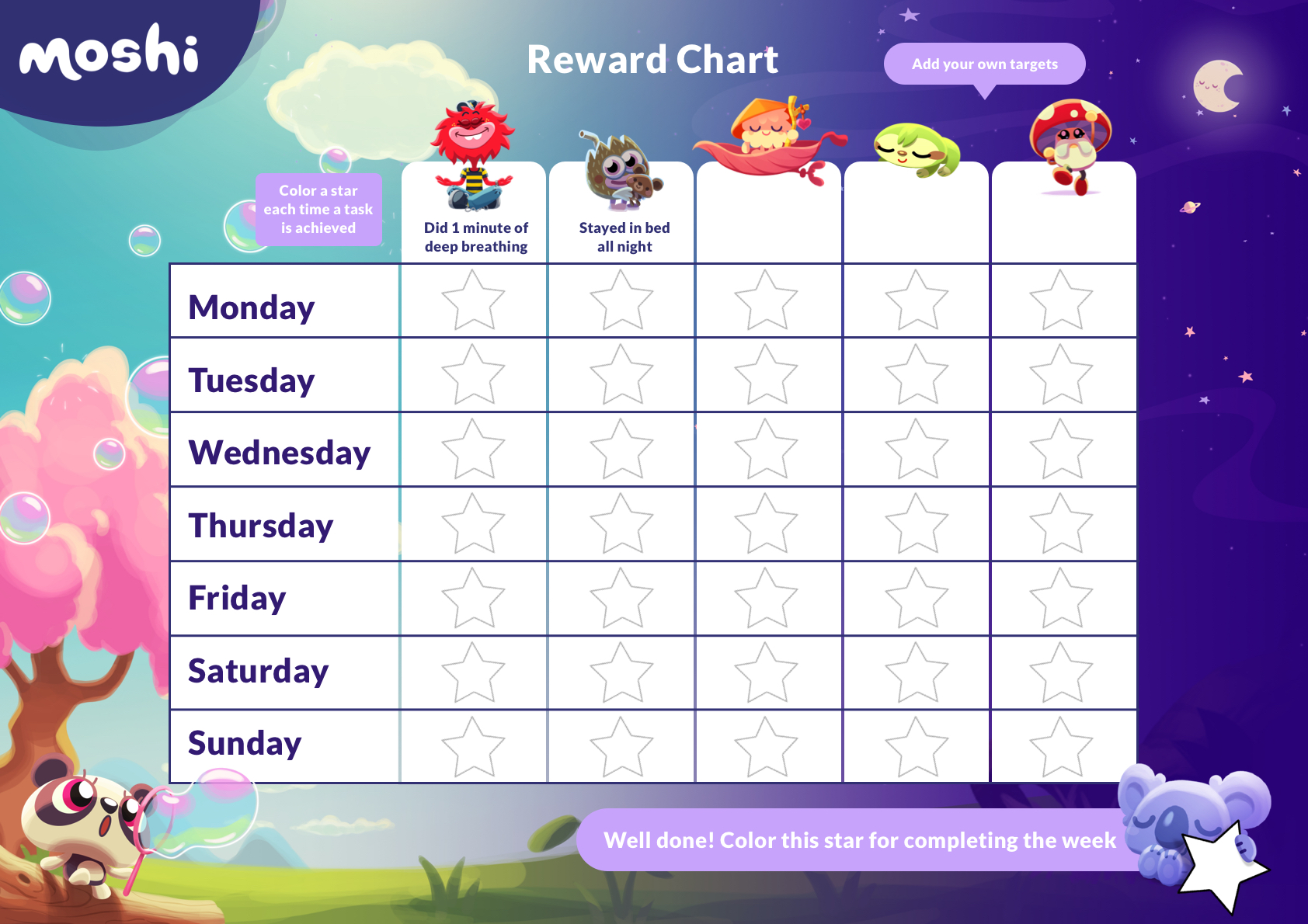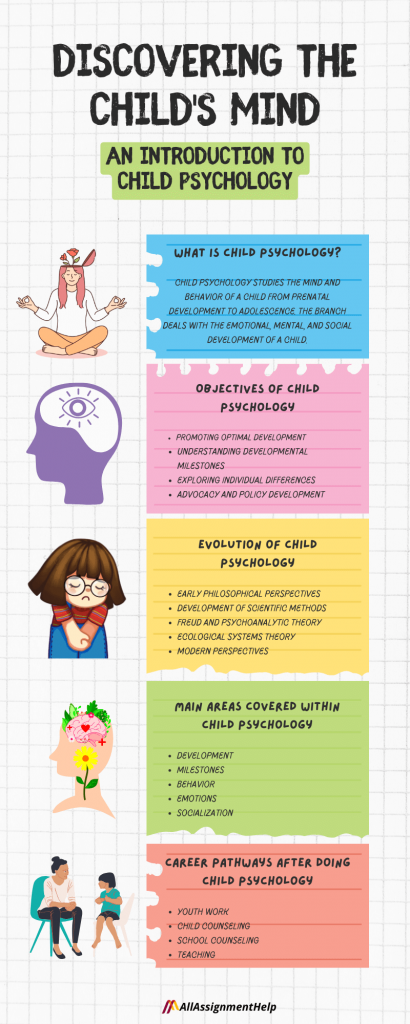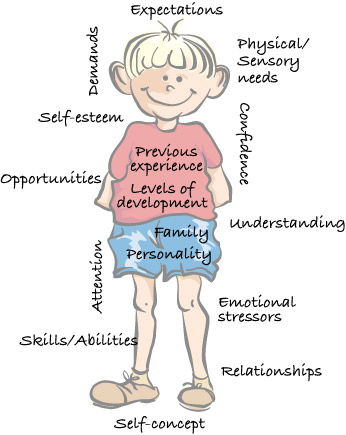“Parenting is about adapting—safety and love go hand in hand.” — Lisa Johnson, Child Safety Expert
Frequently Asked Questions for Feed Baby in Car Seat
Is it safe to feed my baby in a car seat while driving?
No. This practice increases the risk of choking and aspiration due to semi-reclined positioning and vehicle movement. Stop the car to feed, and the safest option is to remove the baby from the seat and hold them upright [HealthyChildren.org, accessed 2025-09-27].
Can I bottle-feed my newborn in a stationary car?
While safer than feeding in a moving vehicle, it’s still not ideal in the car seat. If you must feed in a parked car, remove the baby from the car seat and hold them upright. Do not prop the bottle (CDC).
At what age is it safe for babies to eat snacks in a car seat?
It’s generally not recommended for babies under 12 months to eat in car seats due to choking risks. For older infants and toddlers, if necessary during long trips, offer safer textures only when the car is stopped and an adult is actively supervising [CDC, accessed 2025-09-27].
How should I plan car trips around my baby’s feeding schedule?
Plan to stop every 2–3 hours for feeding breaks. Consider timing departures after a feeding or during your baby’s longest sleep period. Expect your journey to take longer because of these necessary stops [HealthyChildren.org, accessed 2025-09-27].
What are some safe feeding options for older babies during car travel?
For babies 9–12 months and older, if you must offer food during stops, choose low-risk textures such as small pieces of soft fruits (not whole grapes), unsalted crackers, or quick-dissolving puffs. Always supervise closely and avoid self-feeding devices or propped bottles (CDC).
Conclusion
Baby safety should be your main concern during car trips, especially at the time of feeding. Evidence shows that feeding infants in moving vehicles creates serious risks for babies of all ages—from newborns to one-year-olds.
The safest approach is to plan regular stops instead of trying risky feeding methods during short and long trips. These essential stops may add time to your journey, but they protect your baby from choking hazards, aspiration risks, and injuries related to poor positioning.
The right feeding position plays a vital role. Your baby needs full head support and should be upright while eating—conditions that are impossible to ensure in a moving car seat. You also cannot adequately supervise a feeding while driving, which makes planned stops a must.
Balancing feeding schedules with travel needs can be tricky. The research clearly shows that no amount of convenience is worth the serious risks of car seat feeding. Smart choices about travel timing, planned stops, and putting your baby’s safety first will help make trips smoother for everyone.
Feeding baby in car seat should only be done when the car is parked and you’re right there to supervise. Avoid bottle propping—always hold the bottle to prevent choking [CDC, accessed 2025-09-27], and try to keep feeding short to avoid discomfort while they’re buckled in.
Learn how to safely feed baby in car seat with expert tips, safety precautions, and answers to common questions.
The questions arise: is feeding baby in a car seat safe or not? The straight answer: feeding a baby in a moving vehicle is not safe. When the car is parked, the safest approach is to remove your baby from the car seat and hold them upright to feed; never prop a bottle [CDC, accessed 2025-09-27].
Studies show preterm infants often have oxygen desaturations in car seats; for example, in one study of 42 preterm infants, 78.2% had oxygen saturation <90% during 45-minute car seat testing (BMC Pediatrics, 2005). Simulated “on-the-road” conditions at a 40° angle with vibration further increased drops in oxygen saturation (including events <85%) in both preterm and term newborns (BMJ Fetal & Neonatal, 2016).
Car trips make feeding schedules challenging. The American Academy of Pediatrics (AAP) advises that babies be fed upright with close supervision and that sitting devices (including car seats) are for travel and are not recommended for routine sleep [AAP policy, 2022]. Never attempt to breastfeed in a moving car, and plan breaks every 2–3 hours on long drives [HealthyChildren.org, accessed 2025-09-27].
This detailed guide explores car seat feeding safety. You’ll learn everything you need to make smart choices about your baby’s feeding schedule while traveling.
The Science Behind Car Seat Feeding Risks
Parents need to understand the complex physiology that makes feeding babies in car seats risky. Feeding a baby in a car seat while a vehicle is moving is not recommended, and research data shows serious safety concerns [BMJ Fetal & Neonatal, 2016].
Understanding the choking and aspiration dangers
Babies face higher choking risks in a car seat’s semi-reclined position. Safety guidance emphasizes that infants should be held and supervised during feeds and that bottle propping is unsafe (CDC). In the car, the semi-reclined position and movement can make it harder for some babies to coordinate sucking and swallowing, increasing aspiration risk [HealthyChildren.org, accessed 2025-09-27].

Silent choking poses a serious threat—your baby might choke without making any noise. This danger is greater because young infants have limited head control and may slump forward in semi-reclined positions if not closely monitored.
“Safety is always the priority when feeding a baby—whether at home or on the road.” — Dr. Emily Parker, Pediatrician
How car motion affects swallowing
Moving cars create hazards beyond positioning. Bumps and vibrations can disrupt normal swallowing. Motion sickness is also more common in children ages 2–12, which may increase nausea during travel [CDC, accessed 2025-09-27].
On top of that, any sudden stop or minor crash while feeding can raise the risk of aspiration or injury. Keep feeds for full stops only, with an adult focused entirely on the baby.
The reclined position problem
Car seats’ semi-reclined angle (usually 30–45 degrees) substantially increases feeding dangers. In simulated driving, a 40° angle with vibration led to significantly more desaturation and adverse events compared with flat positions—even in healthy term newborns (BMJ Fetal & Neonatal, 2016). These mechanics can affect all babies, not only preterm infants.
Feeding while reclined is also linked with higher risks of ear infections and tooth decay if liquids pool and flow toward the Eustachian tubes—one reason never to prop a bottle (CDC).
The American Academy of Pediatrics stresses that parents should hold infants semi-upright during bottle feeds to control milk flow and reduce these risks [HealthyChildren.org, accessed 2025-09-27].
Newborn Feeding Safety (0-3 months)
Babies under three months need frequent feeding, which creates unique challenges during car trips. They should not be fed while the car is in motion. A newborn’s delicate digestive system, undeveloped neck muscles, and frequent feeds require extra care on the road.
Breastfeeding considerations for car travel

Breastfeeding gives you distinct advantages when traveling. Your baby stays hydrated without extra water, even in hot conditions. Nursing mothers should plan regular stops because breastfeeding while driving is never safe. The best approach is to nurse your baby right before leaving to maximize drive time between breaks. During air travel, feeding during takeoff and landing can help with ear pressure changes [CDC, accessed 2025-09-27].
Bottle-feeding a newborn safely
Bottle feeding might seem convenient while traveling, but safety experts stress that babies should never have bottles in moving vehicles. The safest way is to stop completely and take your baby out of the car seat—no bottle propping (CDC).
Formula-fed infants require careful preparation. You can pre-measure formula powder into separate containers and pack safe water to mix easily at stops. It’s fine to serve formula at room temperature or cold; warming is optional. If you warm, test on your wrist and never microwave bottles [HealthyChildren.org, accessed 2025-09-27].
“A well-prepared parent makes travel with a baby much smoother.” — Sarah Mitchell, Parenting Coach
Planning travel around frequent feeding needs
Follow the AAP’s practical guidance: on long trips, take a break every 2–3 hours to feed, change, and check your baby [HealthyChildren.org, accessed 2025-09-27]. Sticking to your baby’s usual feeding schedule helps them stay content. Many parents leave during their baby’s longest sleep period to maximize driving time.
Night travel may require a small cooler with ice packs if you pump or store expressed milk. Properly chilled breast milk in an insulated cooler with frozen ice packs is safe for up to 24 hours while traveling (CDC, 2025).
Infant Feeding Safety (4-8 months)
Between 4–8 months, babies reach important developmental milestones that change how they feed during travel. Car seats’ reclined position still creates major safety risks, so keep safety the top priority.
Bottle feeding gets easier
Babies develop better head control around 4 months, which can make bottle feeding easier. Even so, feeding in a moving vehicle puts your baby at risk. The semi-reclined car seat position and vehicle motion increase choking potential; babies also cannot control milk flow well in this position [HealthyChildren.org, accessed 2025-09-27].

Infants this age need fewer feeds than newborns, which helps with trip planning. Plan stops every 2–3 hours to match both safety needs and hunger patterns. Bottle feeding should happen only during complete stops with an adult watching closely.
Starting first solids and car travel
Many babies start learning about solid foods around 6 months. This new stage makes car travel trickier. Solid foods raise choking risk in car seats, and the tight space makes close supervision harder. The AAP recommends starting solids at about 6 months, when your baby shows signs of readiness [HealthyChildren.org, accessed 2025-09-27].
Safe snacks for long trips
Long trips with older infants sometimes can’t be avoided. Here are some safer options to use during stops:
- Fast-dissolving puffs or teething wafers (for babies closer to 8 months)
- Smooth applesauce or yogurt pouches (with supervision)
- Soft, smushable foods that don’t need much chewing
Never give firm, round, or slippery foods like whole grapes or raw vegetables—these are serious choking hazards [CDC, accessed 2025-09-27]. It is safest to feed your baby outside the car, out of the car seat, and sitting upright.
Older Baby Feeding (9-12+ months)
Babies between 9–12 months become more independent and develop self-feeding skills. The question “Can you feed baby in car seat” remains complex as older infants want to feed themselves, but choking still happens silently—and drivers cannot supervise.
Self-feeding considerations
Babies at this age grab food and don’t like being fed by others. This development adds risks in car seats. Car seat experts emphasize that under 12 months, babies should be supervised the entire time you are feeding them.
Drivers cannot provide this supervision because choking happens silently. Most child-safety experts do not recommend offering food to under-12-month-olds in the car. If you must, stop the car first and supervise closely.
Choking hazards to avoid completely

Among food-related choking ED visits in U.S. children, the most common categories were hard candy (~15.5%), other candy (~12.8%), meat (~12.2%), bones (~12.0%), and fruits/vegetables (~9.7%) (Pediatrics, 2013). Choose textures and shapes that minimize choking risk and avoid high-risk items.
Creating a safe snacking environment
If feeding during longer trips becomes unavoidable, stop the car completely and select foods with low choking risk. Small pieces of soft fruits (not whole grapes), unsalted crackers, or quick-dissolving puffs work well.

Avoid any self-feeding devices or bottle propping; hold the bottle and supervise to reduce choking, ear infection, and tooth-decay risks (CDC). Keep car seat straps clean and free of debris so restraints function properly. Use separate containers for individual portions instead of shared bags to control portions and reduce germs.
“Parenting is about adapting—safety and love go hand in hand.” — Lisa Johnson, Child Safety Expert
Frequently Asked Questions for Feed Baby in Car Seat
Is it safe to feed my baby in a car seat while driving?
No. This practice increases the risk of choking and aspiration due to semi-reclined positioning and vehicle movement. Stop the car to feed, and the safest option is to remove the baby from the seat and hold them upright [HealthyChildren.org, accessed 2025-09-27].
Can I bottle-feed my newborn in a stationary car?
While safer than feeding in a moving vehicle, it’s still not ideal in the car seat. If you must feed in a parked car, remove the baby from the car seat and hold them upright. Do not prop the bottle (CDC).
At what age is it safe for babies to eat snacks in a car seat?
It’s generally not recommended for babies under 12 months to eat in car seats due to choking risks. For older infants and toddlers, if necessary during long trips, offer safer textures only when the car is stopped and an adult is actively supervising [CDC, accessed 2025-09-27].
How should I plan car trips around my baby’s feeding schedule?
Plan to stop every 2–3 hours for feeding breaks. Consider timing departures after a feeding or during your baby’s longest sleep period. Expect your journey to take longer because of these necessary stops [HealthyChildren.org, accessed 2025-09-27].
What are some safe feeding options for older babies during car travel?
For babies 9–12 months and older, if you must offer food during stops, choose low-risk textures such as small pieces of soft fruits (not whole grapes), unsalted crackers, or quick-dissolving puffs. Always supervise closely and avoid self-feeding devices or propped bottles (CDC).
Conclusion
Baby safety should be your main concern during car trips, especially at the time of feeding. Evidence shows that feeding infants in moving vehicles creates serious risks for babies of all ages—from newborns to one-year-olds.
The safest approach is to plan regular stops instead of trying risky feeding methods during short and long trips. These essential stops may add time to your journey, but they protect your baby from choking hazards, aspiration risks, and injuries related to poor positioning.
The right feeding position plays a vital role. Your baby needs full head support and should be upright while eating—conditions that are impossible to ensure in a moving car seat. You also cannot adequately supervise a feeding while driving, which makes planned stops a must.
Balancing feeding schedules with travel needs can be tricky. The research clearly shows that no amount of convenience is worth the serious risks of car seat feeding. Smart choices about travel timing, planned stops, and putting your baby’s safety first will help make trips smoother for everyone.












4 thoughts on “Feed Baby in Car Seat? Safety Tips, AAP Rules (2025)”